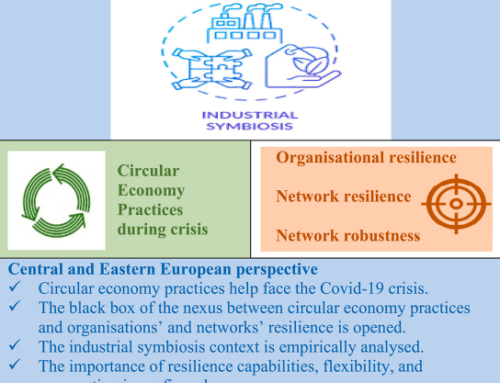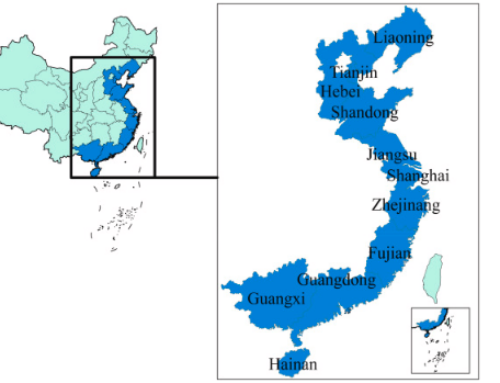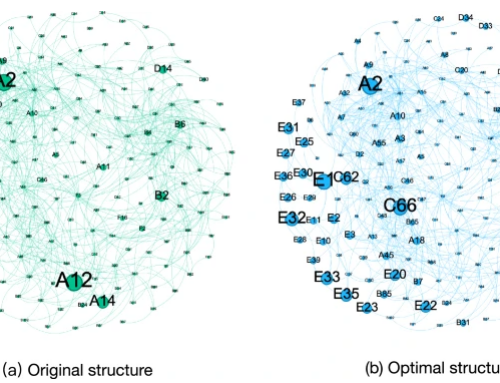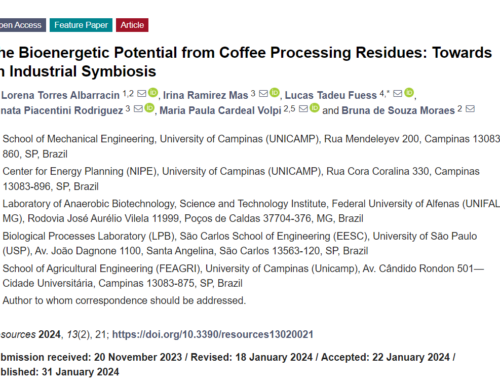This is a scientific journal article authored by CORALIS project team members Simon Moser and Valerie Rodin from Energieinstitut an der JKU Linz. The paper originates from two projects of the “New Energy For Industry” Energy Flagship Region, which is an Austrian applied research funding program that focuses on industrial decarbonization. This paper substantiates that many of the barriers that have to be overcome and that are specific for industrial symbiosis can be classified as information asymmetries. Transparency and building trust are key criteria for reducing uncertainties caused by information asymmetries. The industrial symbiosis partners alone can perform this task but – as it is the positive case in CORALIS – independent third parties such as research institutions can act as mediators or facilitators.
Highlights
- The paper is the first to define the INDUSTRIAL SYMBIOSIS GAP as the difference between feasible and actually implemented industrial symbiosis projects.
- The reasons for its existence are manifold and case-specific. At the same time, their extent is not easy to determine and measure. This is definitely a task for further research.
- This paper intends to show that many of the barriers that have to be overcome and that are specific for industrial symbiosis can be classified as information asymmetries from a theoretical-economics perspective.
Content
The Energy Efficiency Gap is an established concept in energy economics. It describes the difference between theoretically profitable and actually implemented energy efficiency measures. In accordance to it, the Industrial Symbiosis Gap is defined. Industrial symbiosis is implemented less often than a detailed scientific examination of individual cases would suggest. The manifold and case-specific barriers to industrial symbiosis, which are the explanation for the gap, have been widely discussed in the literature. In this article, the authors substantiate this argument with three approaches, i.e. a theoretical based on the general classification of industrial symbiosis as a regional exchange, a literature-based, and on the basis of empirical experience in four Austrian case studies.
Funding & Link
This paper was elaborated in the framework of the research projects ‘Industrial Microgrids’ (FFG number 868708) and ‘Gmunden High Temperature Heat Link (FFG number 868854), which were funded by the Austrian Climate and Energy Funds.
Moser, S., Rodin, V. The ‘Industrial Symbiosis Gap’: information asymmetries are the main challenge for industrial symbiosis – evidence from four Austrian testbeds with a focus on heat exchange. Elektrotech. Inftech. (2021). https://doi.org/10.1007/s00502-021-00897-y
Author contact: moser@energieinstitut-linz.at






